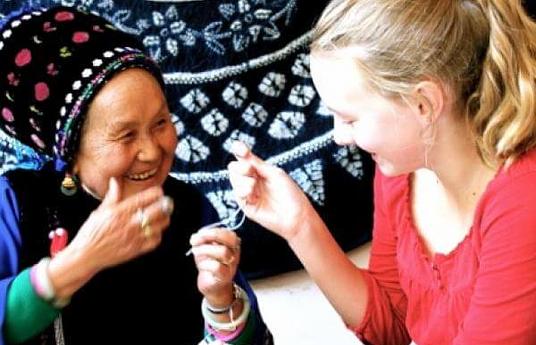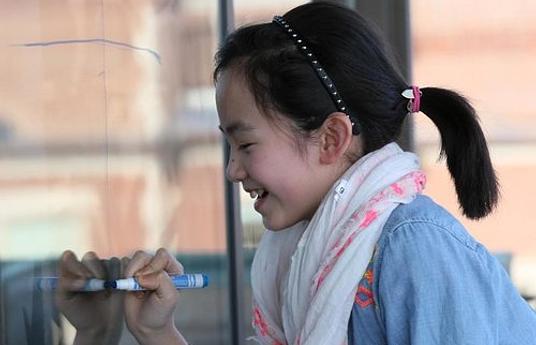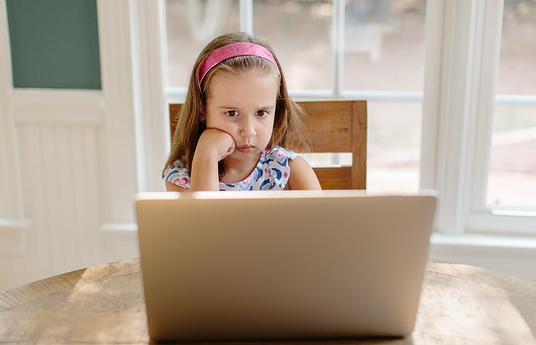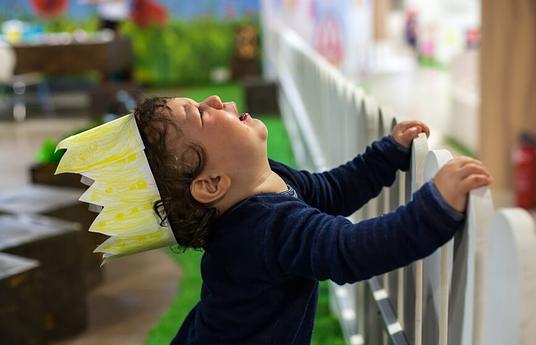One of the major talking points in education around the globe isn’t a subject nor is it to do with exams or teacher ratings, it’s actually identity. How we see ourselves as people in the world has always been important but the reason schools and policymakers are honing in on this often ephemeral subject in today’s world is unique to this time in history.
Firstly, neuroscience and the idea of the self (and the implications of this) has massively developed over the last few decades; we are only just now truly coming to understand both from a philosophical and scientific level how our identities shape us and our societies.
Secondly, due to globalization and countries finally owning up to their less-than-perfect pasts the idea of national identity is under reconstruction. And in a time where extreme beliefs are being given a voice once more, it is more vital than ever to bring people together – no matter their religion, race, sexual orientation or gender – into a common identity.
Governments around the world are looking to schools to help them create a cohesive country by interweaving national identity throughout the school day. The approach to this differs depending on the country. In France they’ve recently decided to have all students sing the national anthem at school, which isn’t a unique idea as many children in the US have had to salute the flag and recite the oath of allegiance for years. In the UK, as recently as this year some MPs have called for the national anthem to be introduced into the school day, but it has been met with large resistance. The downfall to this approach to establishing national identity in children is that many national anthems are antiquated and are therefore particularly violent and often have racist undertones.
Previously the UK government trialled a national identity scheme where children learnt what it meant to be British today. Focusing on the present is a more positive way of teaching children about their national identity such as in the UK’s case where inclusion, free speech and tolerance were being taught as British values. Although it’s important to note that UK history lessons are still woefully lacking in addressing Britain’s colonial past which informs why Britain has become such a multicultural country today and could help to tackle racist attitudes and to understand why diversity is a part of Britain’s past, present and future.
Elsewhere in the world, national identity education is a means to make young people care about their own cultures perhaps as an antidote to dominating media cultures such as the US and the West. In Abu Dhabi they are actively looking to instil national pride and a deep understanding of their culture, heritage and values across all subjects in the curriculum.
National identity is just one thread of what it is that makes us and although creating a cultural dialogue where we all agree on a set of values (tolerance, free speech, inclusion) our personal identities also shape our societies and should therefore be of high priority to governments and schools alike.
We start to shape our own identities at an incredibly young age. By the age of three children have developed a ‘self-concept’ and started to place themselves within categories such as boy or girl, child or adult, good or bad. Between the ages of three to five, most children don’t understand that someone can have conflicting characteristics, for instance they can’t grasp that someone is both good and bad.
This is particularly damaging for children who don’t think of themselves in a positive light as this becomes a way of viewing themselves which can last their entire lifetime, especially if it isn’t counteracted by the people in their lives or through the stories they see and read. As well as children developing an inner-dialogue with themselves about who they are, external factors such as if they’re praised for something or receive negative feedback or are bullied by their peers also affects how they see themselves and can build either a high or low self-esteem.
Stories have always been one of main ways we educate and learn about ourselves. It’s only natural then that education makes use of stories in order to inspire children to follow whatever path suits them, regardless of gender or race, and to teach them about other’s experiences in order to build empathy and to help them feel like citizens of the world.
We’ve just come out of a momentous year for representation where superhero blockbusters – notoriously popular with children – have finally represented women and people of colour with the release of Wonder Woman and Black Panther respectively. The release of Black Panther, which shows people with dark skin in hero roles, has been particularly emotional and has inspired an outreach response with crowdfunding being made available in Harlem, New York and Peckham, London in order to make sure that kids from disadvantaged backgrounds are able to see the film to show them a positive narrative about people like them. To some this may seem trivial, but we need to be shown what we can be and the narratives we consume shape how we see ourselves.
Understanding how identity is structured and how all children need to see themselves as the ‘hero’ at an early age – helps us to create a generation of stable, compassionate and resilient human beings
"
For small children especially who ascribe themselves with their self-concept labels, it’s powerful to see that people who they would give similar labels to are in roles where they get to be the hero, showing children that they too – thanks to their individual qualities – can overcome and succeed.
Similarly to race, children need to see both genders in different non-traditional roles as children are aware of their gender identity and the confines of it before they even start school. By the age of two children are aware of their physical gender differences, by three they label themselves as a gender and by four they have a stable idea of their gender identity. Therefore, if they keep receiving the same messages like girls need rescuing (and are therefore passive) and boys are the heroes (and are therefore active) these kinds of messages are already shaping who they are and how they’re going to act.
As great as it would be to tackle gender constructs at a young age, it’s not too late as children get older (there’s just more work to be done). For instance Shine For Girls has a unique curriculum where they blend STEM education with dance to help girls who otherwise may think such subjects aren’t for them get interested in STEM subjects and perhaps pursue careers in these notoriously male-dominated industries.
Not only do narratives shape how we see ourselves but they also inform what we think of others too. We’re living through a time where people are being dehumanized through the language used about them, such as ‘immigrants’ becoming a dirty word, and using their identity labels as a way of summing up who they are, such as their religion, when really we are all multi-faceted and reducing us to just one of our identities is divisive and ignorant.
Schools are already tackling this kind of division head-on. In Scotland, the first ever coalition campus has been set up, where a Catholic and a Jewish school share a campus – a world first. And it’s not just physical environments that can open up the world to children and break down barriers, new technologies can provide answers for our fractured world.
It can be difficult to know how to tackle the huge issue of race in the classroom, which is why Interactive Diversity created a digital program called ‘Don’t Guess My Race’. The program allows teenagers to think critically about race and other complexities around identity, through using beautiful images combined with quotes from real-life people and insights from social sciences.
Online educational resources such as Global Oneness Project’s documentaries also help to break the idea of ‘otherness’. For example, one of their recent documentaries follows the journey of a child refugee as he settles in Canada. All of the films are accompanied with teaching materials to help integrate their media into the classroom curriculums.
Virtual realities can literally take a child and transport them into someone else’s shoes. Lyfta creates virtual reality experiences led by human stories in order to help students to become empathetic and active citizens. Their virtual reality resources take children into the daily lives of people around the globe in order to learn about different experiences, ways of life but to also realize that there is more that connects us than divides us.
Microcampus also helps students to explore their own identities and others. Developed as a way to help expatriate students to break out of their bubble and to explore their host country, students are taken on field trips to rural villages where they learn about the cultures of their host country through interviewing locals for projects. Through the exploration of a new culture children are able to reflect on their own culture, experience and identity.
Understanding ourselves and others better can help us to create the kind of world we all want to be a part of, one where there is no fear of the ‘other’, where we can understand and appreciate our differences whilst being aware of our common humanity. Understanding how identity is structured and how all children need to see themselves as the ‘hero’ at an early age – and how their unique strengths and identity traits enable this – can also help us to create a generation of stable, compassionate and resilient human beings which doesn’t just benefit the individuals but society at large.




